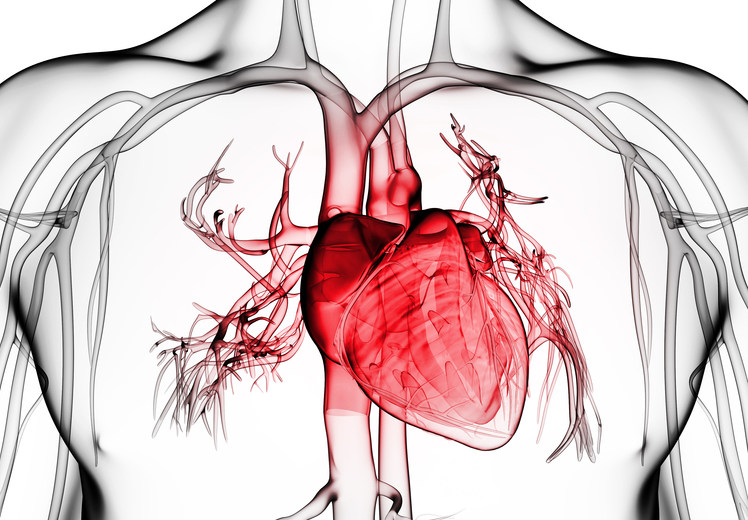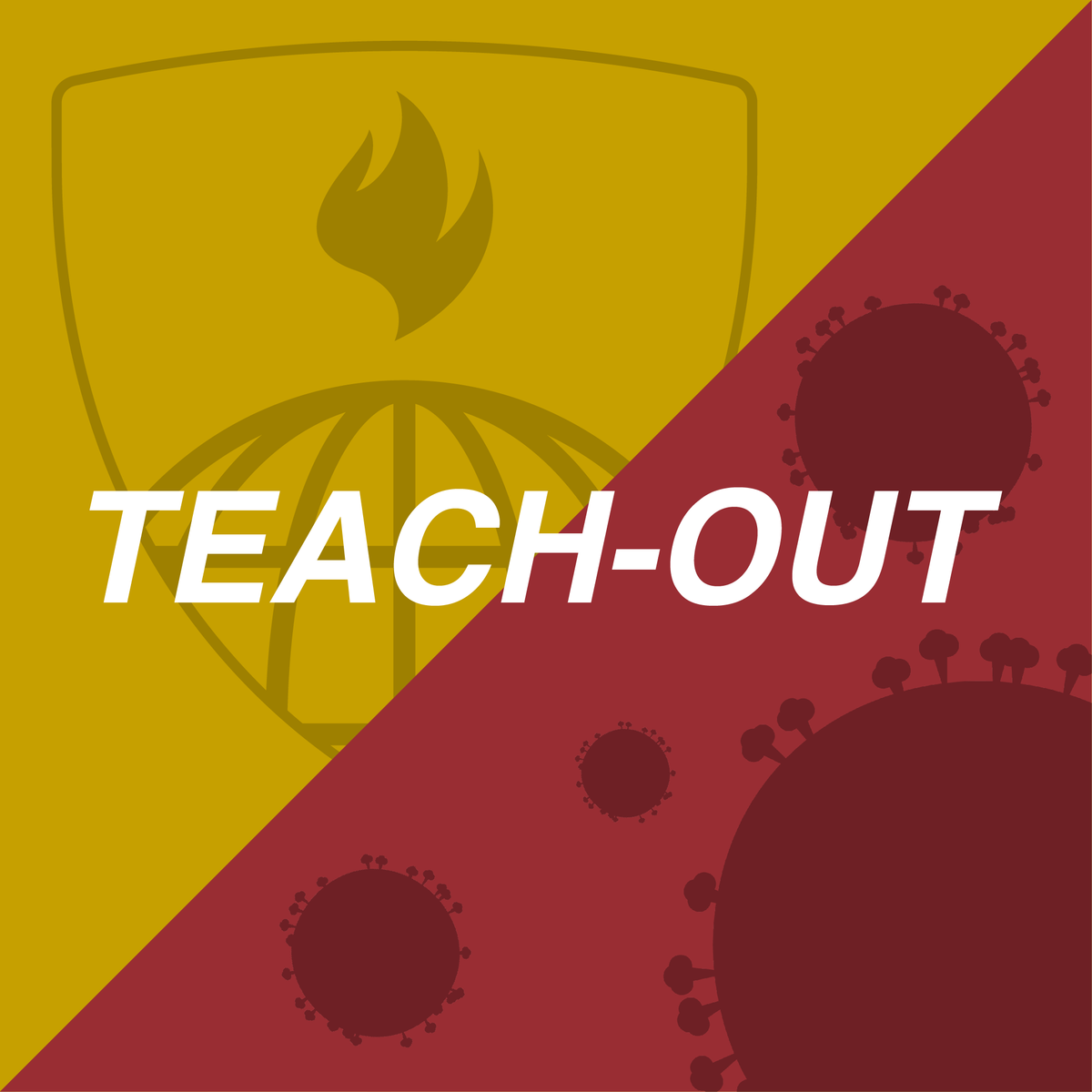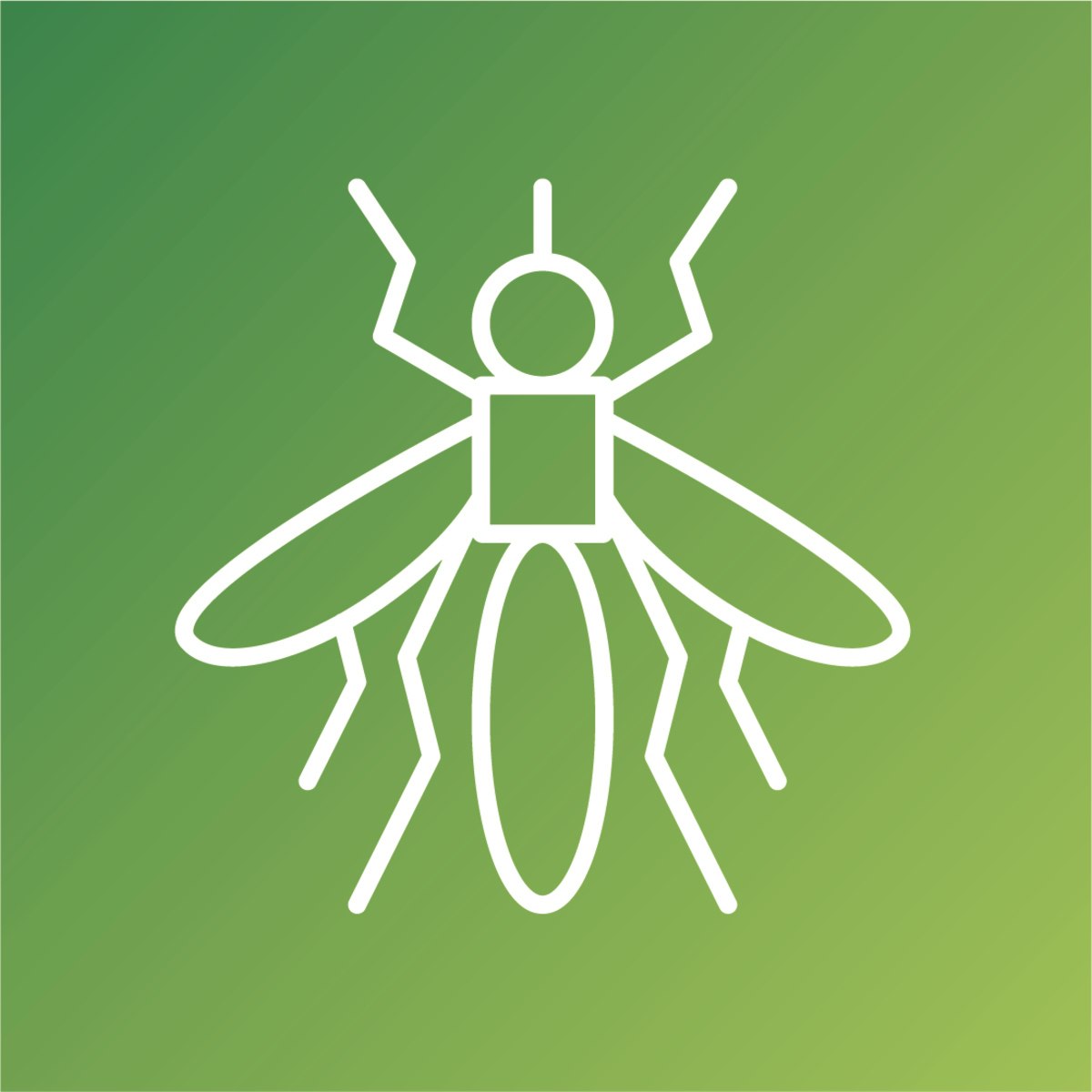Back to Courses









Life Sciences Courses
Showing results 1-10 of 644

Vital Signs: Understanding What the Body Is Telling Us
The vital signs – heart rate, blood pressure, body temperature, respiration rate, and pain – communicate important information about the physiological status of the human body. In this six-part course we explore the anatomy and physiology underlying the vital signs so that you will develop a systematic, integrated understanding of how the body functions. Relevant body systems are reviewed including cardiovascular and respiratory, followed by explanations of how the function of these systems affects vital signs. We discuss normal ranges, normal variants, and the mechanisms that underlie changes in the objective measurement of vital signs. The course also includes demonstrations of appropriate techniques for measuring vital signs in yourself and others.
The course is designed for a broad, general audience but will be particularly interesting for individuals working in healthcare, those considering a career as a healthcare professional, lay caregivers, those with an interest in personal health and fitness, or anyone who simply wants to understand how the body functions.

Researcher Management and Leadership Training
This course is for early career researchers and mentors who believe that modern scientific careers require management skills and want to be research leaders. This curriculum gives you skills to effectively implement funded projects, thereby enhancing your career success. Research leaders take on a number of new roles, rights, and responsibilities--as scientific leaders, financial administrators, managers, and mentors. In this course, we explain how to optimize the people, teams, projects, and finances for which you are responsible.
Despite your research training, you are probably facing an urgent training gap in leadership and management skills. Scientific careers falter for non-science reasons when researchers fail to execute a scope of work: struggle to track expenses and returns substantial unspent grant funds; or run out of funds by spending on the wrong people or mismanaging the right people. Consequently, projects close with inadequate progress on aims, thus compromising successful competition for future funding. This course will help avoid these traps.
Leadership and management are essential skills for researchers. Several early career researchers, senior scientists, and administrative leaders are eager to share their expertise and experiences with you.

Fighting COVID-19 with Epidemiology: A Johns Hopkins Teach-Out
Notice: This course, created in response to the quickly-shifting news in the early days of the pandemic in 2020, is now out of date. As a result, we will be closing the course permanently on 18 April 2023.
This free Teach-Out is for anyone who has been curious about how we identify and measure outbreaks like the COVID-19 epidemic and wants to understand the epidemiology of these infections.
The COVID-19 epidemic has made many people want to understand the science behind pressing questions like: "How many people have been infected?" "How do we measure who is infected?" "How infectious is the virus?" "What can we do?" Epidemiology has the tools to tell us how to collect and analyze the right data to answer these questions.
In addition to a basic understanding of these essential tools, this Teach-Out provides a way for you to learn and connect with one another while continuing to practice the social distancing measures that will help keep us safe. We also hope to provide you with some tangible calls to action that will help you affect positive change for yourself, your community, and our society.

Bioinformatic Methods I
Large-scale biology projects such as the sequencing of the human genome and gene expression surveys using RNA-seq, microarrays and other technologies have created a wealth of data for biologists. However, the challenge facing scientists is analyzing and even accessing these data to extract useful information pertaining to the system being studied. This course focuses on employing existing bioinformatic resources – mainly web-based programs and databases – to access the wealth of data to answer questions relevant to the average biologist, and is highly hands-on.
Topics covered include multiple sequence alignments, phylogenetics, gene expression data analysis, and protein interaction networks, in two separate parts.
The first part, Bioinformatic Methods I (this one), deals with databases, Blast, multiple sequence alignments, phylogenetics, selection analysis and metagenomics.
The second part, Bioinformatic Methods II, covers motif searching, protein-protein interactions, structural bioinformatics, gene expression data analysis, and cis-element predictions.
This pair of courses is useful to any student considering graduate school in the biological sciences, as well as students considering molecular medicine. Both provide an overview of the many different bioinformatic tools that are out there.
These courses are based on one taught at the University of Toronto to upper-level undergraduates who have some understanding of basic molecular biology. If you're not familiar with this, something like https://learn.saylor.org/course/bio101 might be helpful. No programming is required for this course.
Bioinformatic Methods I is regularly updated, and was completely updated for January 2022.

Translating Research to Communities
Health research must positively impact the lives of the general population, so the public must receive and interpret research findings in a meaningful way. That is why translating research discoveries into practice is an important phase of the translational research spectrum.
In this course, you’ll gain an introduction to the concepts of population health research and the ethical use of data science to drive advances in human health. Specifically, you’ll learn about the computational models used in population health research, the function of community partners in conducting translational research and disseminating findings, as well as the role of population health during health crises like the COVID-19 pandemic, Opioid crisis, and the Flint, Michigan, USA water crisis.
This is the fourth of five courses in the “Translational Science” series.

Interventions and Calibration
This course covers approaches for modelling treatment of infectious disease, as well as for modelling vaccination. Building on the SIR model, you will learn how to incorporate additional compartments to represent the effects of interventions, such the effect of vaccination in reducing susceptibility. You will learn about ‘leaky’ vaccines and how to model them, as well as different types of vaccine and treatment effects. It is important to consider basic relationships between models and data, so, using the basic SIR model you have developed in course 1, you will calibrate this model to epidemic data. Performing such a calibration by hand will help you gain an understanding of how model parameters can be adjusted in order to capture real-world data. Lastly in this course, you will learn about two simple approaches to computer-based model calibration - the least-squares approach and the maximum-likelihood approach; you will perform model calibrations under each of these approaches in R.
Positive Psychology Specialization Project: Design Your Life for Well-being
You are encouraged to take the first four courses of the Foundations of Positive Psychology Specialization before starting this course and completing the Specialization Project. This course, taught by Dr. Martin E.P. Seligman brings all the key concepts from the first four courses to practice as you develop and test a new positive intervention for an audience of your choice. You identify opportunities in your daily life to increase the wellbeing by using knowledge you developed in the first four courses of the Specialization. In this final project, you evaluate the efficacy of a positive intervention based on subjective and objective measures. Then, you compare how empirical and non-empirically-based positive interventions can be applied to influence a person's wellbeing. Lastly, you reflect on how the fundamental elements of research methods are important in the everyday application of positive psychology.
After completing all five courses, learners earn a certificate signed by Dr. Martin E.P. Seligman, Dr. James Pawelski, Dr. Angela Duckworth, Dr. Claire Robertson-Kraft and Dr. Karen Reivich.

Epidemiology: The Basic Science of Public Health
Often called “the cornerstone” of public health, epidemiology is the study of the distribution and determinants of diseases, health conditions, or events among populations and the application of that study to control health problems. By applying the concepts learned in this course to current public health problems and issues, students will understand the practice of epidemiology as it relates to real life and makes for a better appreciation of public health programs and policies. This course explores public health issues like cardiovascular and infectious diseases – both locally and globally – through the lens of epidemiology.

Molecular Evolution (Bioinformatics IV)
In the previous course in the Specialization, we learned how to compare genes, proteins, and genomes. One way we can use these methods is in order to construct a "Tree of Life" showing how a large collection of related organisms have evolved over time.
In the first half of the course, we will discuss approaches for evolutionary tree construction that have been the subject of some of the most cited scientific papers of all time, and show how they can resolve quandaries from finding the origin of a deadly virus to locating the birthplace of modern humans.
In the second half of the course, we will shift gears and examine the old claim that birds evolved from dinosaurs. How can we prove this? In particular, we will examine a result that claimed that peptides harvested from a T. rex fossil closely matched peptides found in chickens. In particular, we will use methods from computational proteomics to ask how we could assess whether this result is valid or due to some form of contamination.
Finally, you will learn how to apply popular bioinformatics software tools to reconstruct an evolutionary tree of ebolaviruses and identify the source of the recent Ebola epidemic that caused global headlines.

Reason and Persuasion: Thinking Through Three Dialogues By Plato
In this course we study the ancient, Socratic art of blowing up your beliefs as you go, to make sure they're built to last. We spend six weeks studying three Platonic dialogues - "Euthyphro", "Meno", "Republic" Book I - then two weeks pondering a pair of footnotes to Plato: contemporary moral theory and moral psychology.
Platonic? Socratic? Socrates was the teacher, but he said he never did. Plato was the student who put words in his teacher's mouth. You'll get a feel for it.
We have a book: the new 4th edition of "Reason and Persuasion", by the instructor (and his wife, Belle Waring, the translator.) It contains the Plato you need, plus introductory material and in-depth, chapter-length commentaries. (Don't worry! John Holbo knows better than to read his book to the camera. The videos cover the same material, but the presentation is different.)
The book is offered free in PDF form - the whole thing, and individual chapter slices. It is also available in print and other e-editions. See the course content for links and information.
The course is suitable for beginning students of Plato and philosophy, but is intended to offer something to more advanced students as well. We seek new, odd angles on old, basic angles. Tricky! The strategy is to make a wide-ranging, interdisciplinary approach. Lots of contemporary connections, to make the weird bits intuitive; plus plenty of ancient color, still bright after all these years. So: arguments and ideas, new possibilities, old stories, fun facts. Plus cartoons.
The results can get elaborate (some book chapters and some lesson videos run long.) But each video comes with a brief summary of its contents. The lessons progress. I put them in this order for reasons. But there's no reason you can't skip over and around to find whatever seems most interesting. There are any number of self-contained mini-courses contained in this 8-week course. You are welcome to them.
Plato has meant different things to different people. He's got his own ideas, no doubt. (Also, his own Ideas.) But these have, over the centuries, been worn into crossing paths for other feet; been built up into new platforms for projecting other voices. (Plato did it to Socrates, so fair is fair.) So your learning outcome should be: arrival somewhere interesting, in your head, where you haven't been before. I wouldn't presume to dictate more exactly.
Popular Internships and Jobs by Categories
Find Jobs & Internships
Browse
© 2024 BoostGrad | All rights reserved